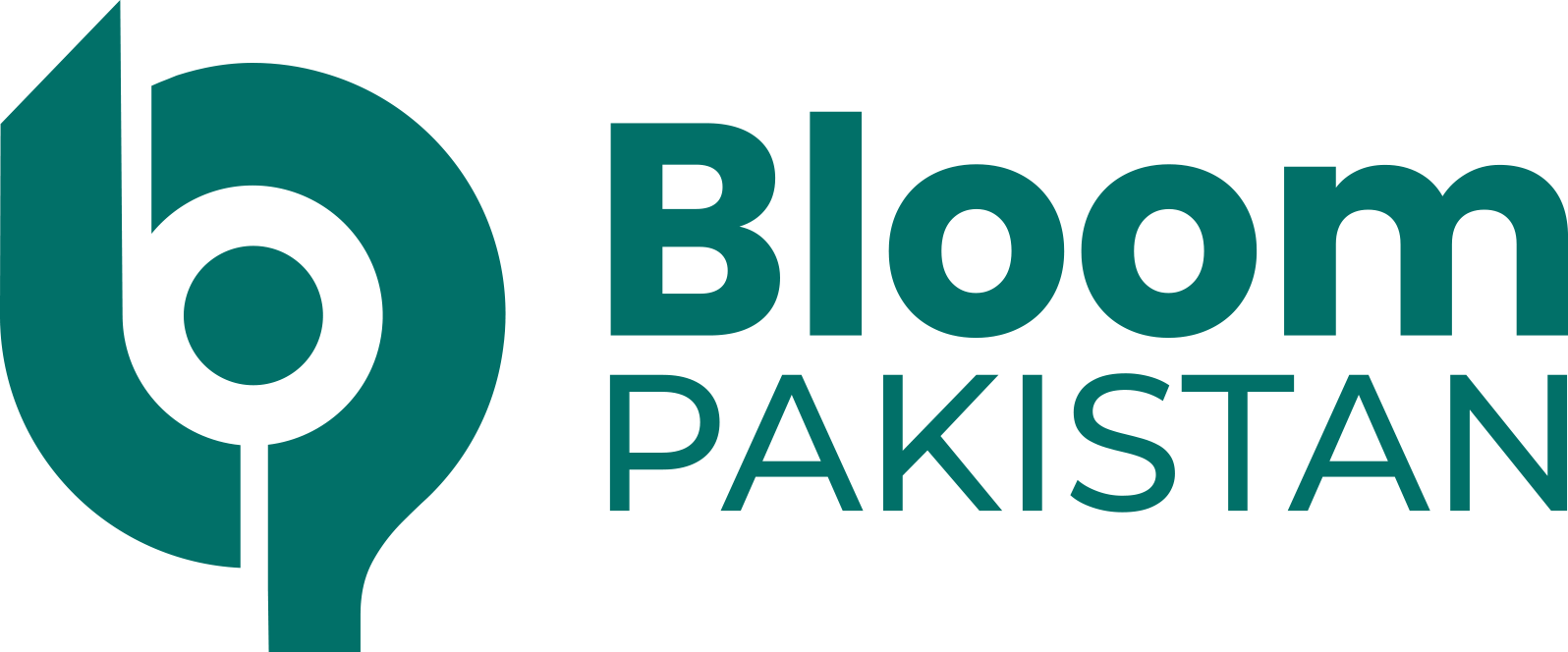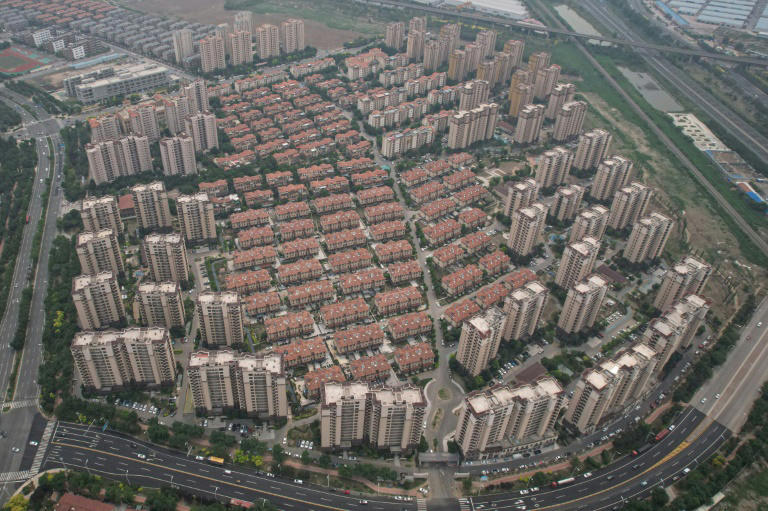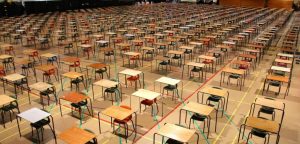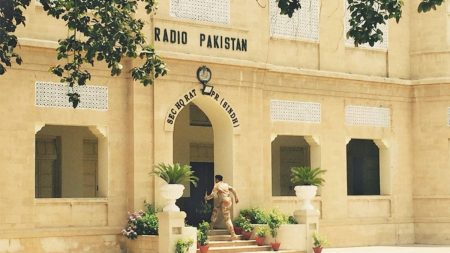Islamabad, Sep 24: China unveiled some of its boldest economic measures in years on Tuesday to combat challenges like the ongoing property sector debt crisis, deflationary pressures, and high youth unemployment.
The country’s post-pandemic recovery has been slower than expected, and the government’s five percent growth target for 2024 is seen by many analysts as optimistic given these headwinds.
Central bank chief Pan Gongsheng announced a series of rate cuts aimed at boosting consumption and investment. These include a cut to the reserve requirement ratio (RRR), which will inject about 1 trillion yuan ($141.7 billion) into the financial market, and a reduction in interest rates on existing mortgage loans.
This move is expected to benefit 150 million people, reducing their collective household interest payments by 150 billion yuan annually.
The measures were described as the most significant since the early days of the pandemic. However, experts like Julian Evans-Pritchard of Capital Economics warned they may not be enough to fully revive the economy without more substantial fiscal support.
Analysts like Heron Lim of Moody’s Analytics and Lynn Song of ING suggested further monetary easing and government stimulus would be needed, particularly to address the troubled real estate market and restore broader economic confidence.
Despite efforts, China’s real estate sector remains a major concern, with falling property prices and local governments facing a $5.6 trillion debt burden. Beijing has introduced several policies to support the sector, but confidence remains low.
Authorities are now actively working to address both real estate and local government debt risks while emphasizing that the financial system remains stable.









